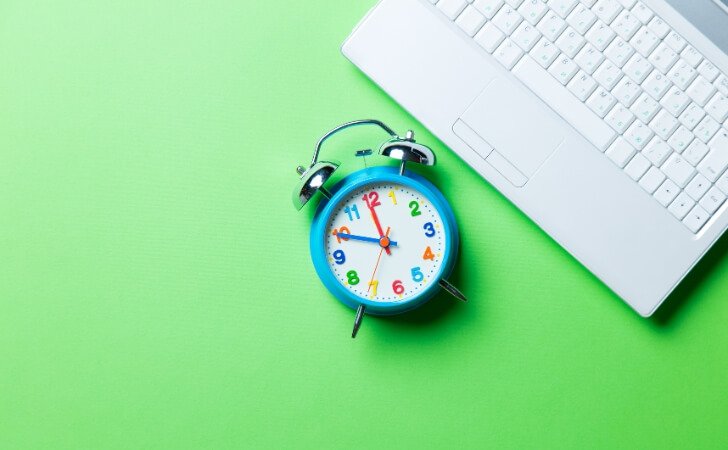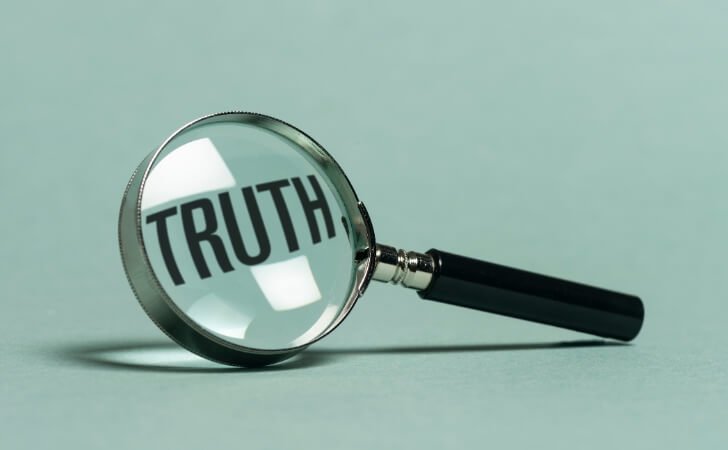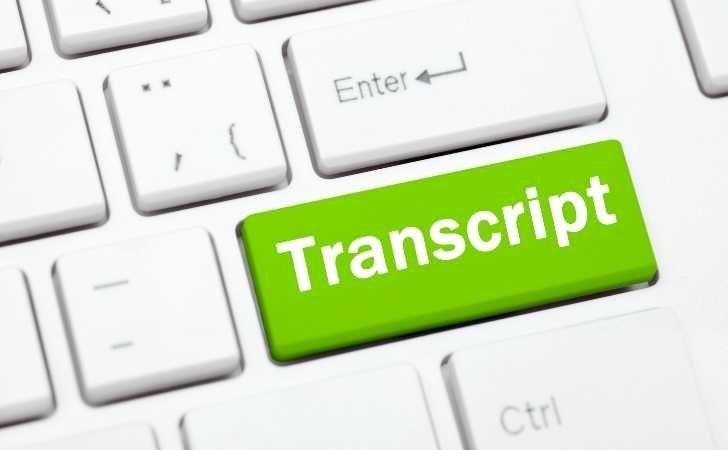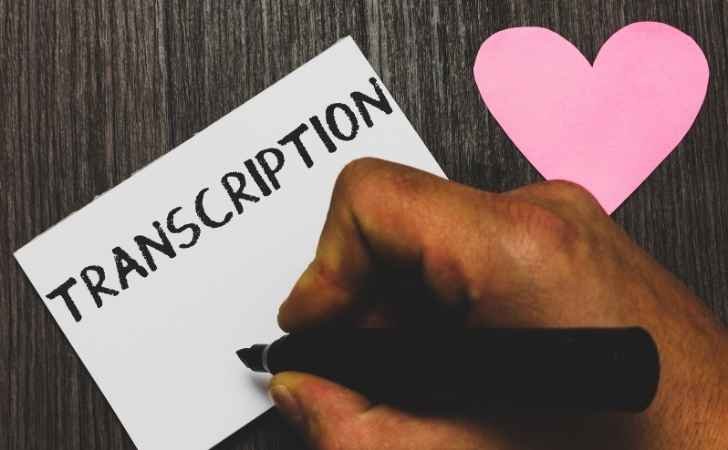AFFILIATE DISCLOSURE
This post may contain affiliate links. An affiliate means Escribr may earn referral fees if you make a purchase through our link without any extra cost to you. It helps to keep this blog afloat. Thanks for your support!
Did you know that by visiting this blog, you are doing good in the world? READ THIS.
Ever wondered about “audio hour” in transcription services?
As a professional writer, I’m here to explain it.
It’s key for the accuracy and speed of your transcription work.
An audio hour is the time it takes to turn an audio or video into text.
But it’s not just about the time.
There are other important details to consider.
Let’s look closer at what makes an audio hour in transcription.

Key Takeaways
- An audio hour in transcription refers to the duration of the audio or video file that needs to be transcribed.
- Accurate calculation of audio hours is crucial for pricing, turnaround times, and ensuring high-quality transcripts.
- Factors like audio quality, number of speakers, and accents can affect the actual time required for transcription.
- Understanding audio hour calculations can help you better manage your transcription projects and budgets.
- Partnering with a reliable transcription service can ensure efficient and accurate audio hour management.
Understanding Audio Hours in Transcription
In the world of transcription, “audio hours” is key.
It affects pricing, how fast you get your transcript, and how accurate it is.
Knowing about audio hours is vital for anyone needing transcription services, whether for work or personal use.
The Role of Audio Hours in Transcription Services
Audio hours measure how long the audio file is, not how long it takes to transcribe.
Transcription companies use this to figure out costs and how long it’ll take.
The longer the audio, the more it costs and the longer it takes.
Why Audio Hours Matter for Accurate Transcripts
How accurate a transcript is depends on the audio hours.
Longer files often have more complex parts, like many speakers and background noise.
Transcriptionists need more time to get these right, making audio hours important for quality.
Knowing about audio hours helps you plan your project better.
It lets you choose the right transcription service and know what to expect.
This knowledge is key to getting the best results for your transcription needs.
What is an Audio Hour in Transcription?
In transcription services, an “audio hour” measures the length of audio files.
It’s the actual time of the recording, not how long it takes to transcribe it.
The audio hour definition is straightforward: it’s 60 minutes of audio.
So a 90-minute file is 1.5 audio hours.
This helps providers plan their work and give clients the right estimates.
The idea of audio to text conversion is linked to audio hours.
Transcriptionists use it to figure out their work and prices.
Knowing the audio hours helps them schedule, plan resources, and give clients clear times and costs.
| Audio File Length | Audio Hours |
|---|---|
| 30 minutes | 0.5 audio hours |
| 60 minutes | 1 audio hour |
| 90 minutes | 1.5 audio hours |
| 120 minutes | 2 audio hours |
The what is an audio hour idea is key in transcription.
It helps providers manage their work and deliver accurate, timely, and affordable transcripts to clients.
Factors Affecting Audio Hour Calculation
Transcription services rely on the concept of audio hours.
But several factors can change how we calculate them.
This affects the time and effort needed for accurate transcripts.
Let’s explore what these factors are.
Audio Quality and Clarity
The quality and clarity of the audio file matter a lot.
Audio quality and transcription are closely linked.
Clear audio takes less time to transcribe.
But poor audio with background noise or muffled voices takes more time and effort.
Number of Speakers and Accents
The number of speakers and their accents also play a big role.
Transcribing one speaker with a clear accent is easier than a conversation with many speakers and different accents.
The more factors affecting audio hour, the harder the transcription job.
Knowing these factors helps you plan your transcription project better.
You can estimate the time needed and choose the right service.
This ensures your transcription is accurate and efficient.
| Factor | Impact on Audio Hour Calculation |
|---|---|
| Audio Quality and Clarity | Higher audio quality and clarity require less time for transcription, while poor audio increases the time needed. |
| Number of Speakers and Accents | More speakers and diverse accents make the transcription process more complex and time-consuming. |
“Accurate transcription is essential for capturing the nuances and details of spoken communication. Understanding the factors that can impact audio hour calculations is key to ensuring your transcription project is completed efficiently and effectively.”
Calculating Audio Hours for Your Project
Getting the audio hours right is key for planning your transcription project.
The industry has set standards to help you figure out the time and resources needed.
Knowing these methods ensures your project runs smoothly and efficiently.
Standard Audio Hour Calculation Methods
The “1 to 4” ratio is a common way to calculate audio hours.
It says that transcribing 1 hour of audio takes about 4 hours of work.
This takes into account the audio quality, number of speakers, and how complex the content is.
For instance, if you have 3 hours of audio, the project will likely need about 12 hours of transcription work.
This method helps you plan better based on these factors.
Another method is the “audio file length” calculation.
It’s simple: just measure the total length of the audio files.
This works well for projects with consistent quality and speaker counts.
But remember to consider other factors like accents, background noise, or special terms that might affect the time needed.
FAQ
What is an audio hour in transcription?
An audio hour in transcription is the length of an audio recording that needs to be transcribed.
It’s a standard way to measure audio files.
It helps figure out the cost and how long it will take to transcribe.
How do audio hours affect transcription pricing and turnaround times?
Audio hours play a big role in pricing and how fast transcription services are done.
Providers charge by the hour, with more complex files costing more.
The more hours, the longer it takes to finish the project.
What factors can influence the calculation of audio hours?
Several things can change how audio hours are figured out.
The audio quality, number of speakers, and background noise are key.
These can make it take longer to transcribe, adding more hours.
How can I accurately calculate the audio hours for my transcription project?
To figure out audio hours for your project, use standard methods.
You can time the audio or use online tools.
Remember to think about the audio quality and who’s speaking to get a good estimate.
What is the difference between audio hours and actual transcription time?
Audio hours are the length of the original recording.
The actual transcription time is how long it takes to write it down.
The transcription time can be longer because of poor audio, accents, and extra tasks like research.











